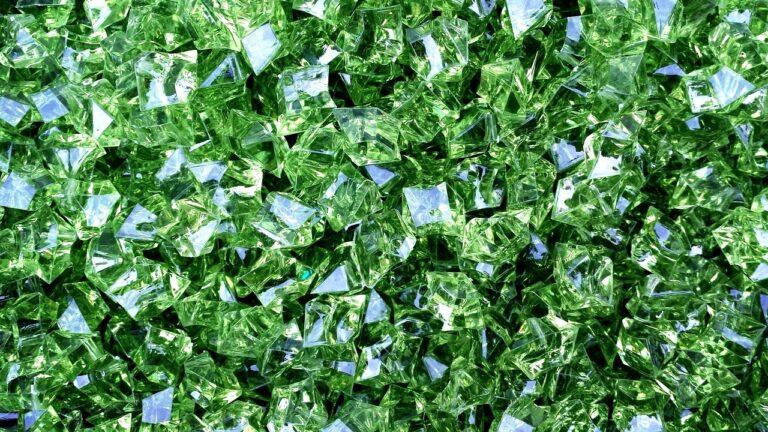Fashion and Sustainable Textile Dyes: Plant-Based and Natural Alternatives
Plant-based dyes offer a wide range of benefits for textiles. One of the primary advantages is that they are natural and biodegradable, making them eco-friendly alternatives to synthetic dyes. By using plant-based dyes, textile producers can reduce their environmental impact and contribute to sustainable practices in the fashion industry. Additionally, these dyes often result in softer and more breathable fabrics, enhancing the overall quality and comfort of the textiles.
Another key benefit of plant-based dyes is their versatility in creating a rich spectrum of colors. From earthy tones to vibrant hues, plant-based dyes offer a diverse range of color options for textiles. This variety allows designers and manufacturers to achieve unique and aesthetically pleasing outcomes, catering to different consumer preferences and trends. Furthermore, plant-based dyes can produce subtle variations in color, adding depth and character to the textiles, making them stand out in the market.
Plant-based dyes are natural and biodegradable, making them eco-friendly alternatives to synthetic dyes.
Using plant-based dyes reduces environmental impact and promotes sustainable practices in the fashion industry.
Fabrics dyed with plant-based dyes are often softer and more breathable, enhancing comfort for consumers.
Plant-based dyes offer a wide spectrum of colors, from earthy tones to vibrant hues, providing diverse options for designers.
The versatility of plant-based dyes allows for unique and aesthetically pleasing outcomes that cater to different consumer preferences.
Plant-based dyes can create subtle variations in color, adding depth and character to textiles.
The Environmental Impact of Conventional Textile Dyes
Conventional textile dyes, often derived from synthetic chemicals, pose a significant threat to the environment due to their toxic nature. The production and use of these dyes result in harmful pollutants being released into waterways, soil, and the air, leading to water contamination, soil degradation, and air pollution. Consequently, aquatic ecosystems are adversely impacted, with the potential for long-lasting damage to biodiversity and overall environmental health.
In addition to the pollution caused by conventional textile dyes, their production process is typically resource-intensive and energy-consuming. From the extraction of raw materials to the manufacturing of the dyes themselves, a significant amount of water and energy is required, contributing to greenhouse gas emissions and further exacerbating climate change. The reliance on fossil fuels for the production of synthetic dyes also adds to the carbon footprint of the textile industry, highlighting the urgent need for more sustainable alternatives to mitigate the environmental impact of conventional textile dyeing processes.
Common Natural Sources for Plant-Based Dyes
One common natural source for plant-based dyes is the turmeric root. Known for its vibrant yellow hue, turmeric has been used for centuries to dye textiles. The process involves extracting the color by boiling the roots and then soaking the fabric to achieve varying shades of yellow.
Another popular choice for plant-based dyes is indigo, a plant that produces a deep blue color. Indigo dyeing is a traditional practice in many cultures and involves fermenting the plant leaves to create the dye. The rich blue hue derived from indigo is not only aesthetically pleasing but also known for its long-lasting colorfastness on textiles.
What are the benefits of using plant-based dyes for textiles?
Plant-based dyes are non-toxic and eco-friendly, making them safe for both the environment and the people who work with them. They also often produce unique and vibrant colors that can add a special touch to textiles.
What is the environmental impact of conventional textile dyes?
Conventional textile dyes are often made from synthetic chemicals that can be harmful to the environment. They can pollute water sources, harm aquatic life, and contribute to air pollution.
What are some common natural sources for plant-based dyes?
Some common natural sources for plant-based dyes include indigo (from the indigo plant), turmeric (from the turmeric root), madder root (from the madder plant), and logwood (from the heartwood of the logwood tree). Other sources include onion skins, avocado pits, and walnut hulls.







